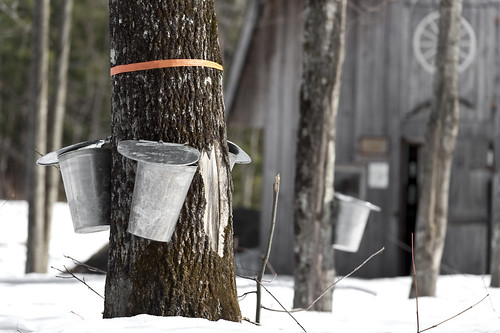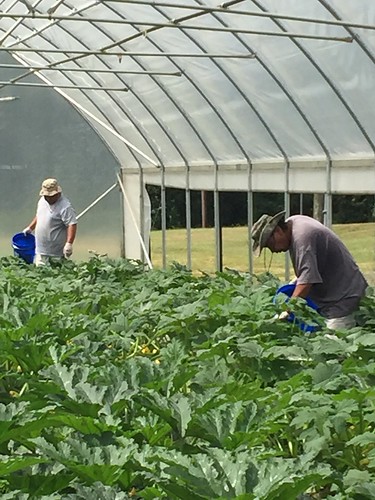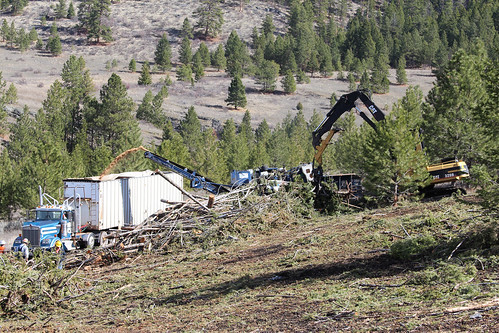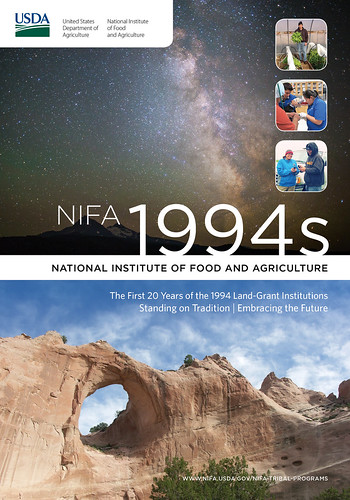When the 1994 land-grant universities began to form there was a hint that something different and special was underway. The new land-grant system would teach in a cultural context that empowered students by drawing on the strength of their peoples’ history, indigenous knowledge, and traditions. There are now 34 tribal land-grant institutions that have made great strides in their ability to serve their communities. The following blogs and publication illustrate the positive outcomes of NIFA-funded research, education, and extension programs in Indian Country.

Maple syrup collection in a sugar bush. NIFA grants support camps that allow tribal youth to experience cultural tradition while learning about plant science. (iStock image)
A sweet camp for native youth
For some Native American children, a well-loved tradition is gathering maple syrup in early spring. USDA’s National Institute of Food and Nutrition provides grants to support a unique camp where reservation youth can experience their cultural traditions while learning plant science. Camp instructors teach the youth about the science of xylem and phloem (the systems of transporting water, minerals, food, etc., throughout a plant) and why the trees produce the sugar sap. Tribal elders explain the cultural and historic significance of maples to the campers. It’s all part of a bigger initiative to promote food security in an area where grocery stores are scarce. Read more.

A crew from the Mississippi Band of Choctaw Indians takes care of crops inside a high tunnel constructed with Community Food Projects (CFP) funds. CFP grants help local communities take control over their local food supply. (Photo courtesy of John Hendrix)
Tribal communities strive to regain food sovereignty
For thousands of years Native Americans thrived in self-sustaining communities. Now, many have to make do with whatever food and basic goods can be hauled in by truck. As result, many tribes live in “food deserts.” Food deserts are locations without ready access to fresh, healthy, and affordable foods. USDA’s National Institute of Food and Agriculture (NIFA) is working to eradicate food deserts through its Community Food Project (CFP) grants program. CFPs give communities the funds they need to re-establish local control over their food supply. Read more.

Residual forest materials are collected from tribal forestland for use in aviation biofuel production. (Image courtesy of NARA)
Tribal partnerships fuel sustainable aviation
Alaska Airlines will conduct a demonstration flight in 2016 using 1,000 gallons of jet fuel made from forest scraps. The aviation biofuel was derived from twigs and small branches that would otherwise have been burned in slash piles after timber harvest. These forest residuals were provided by the Confederated Salish and Kootenai Tribes and the Muckleshoot Indian Tribe via the Northwest Advanced Renewables Alliance Tribal Partnership Program (NARA TPP). TPP and other NARA partnerships are made possible by a $39.6 million grant from the U.S. Department of Agriculture’s National Institute of Food and Agriculture. Read more.

The First 20 Years of the 1994 Land-Grant Institutions: Standing on Tradition, Embracing the Future (Image by Stephanie Engle)
The first 20 years of the 1994 land-grant institutions
In 1994, 29 tribal colleges received land-grant university (LGU) status, giving them access to federal government resources that would improve the lives of Native students through higher education and help propel American Indians toward self-sufficiency. The linked publication provides details of resources that support innovative research, education, and extension programs and examples of project that positively impact agriculture and food production. Read more.
No comments:
Post a Comment
Note: Only a member of this blog may post a comment.